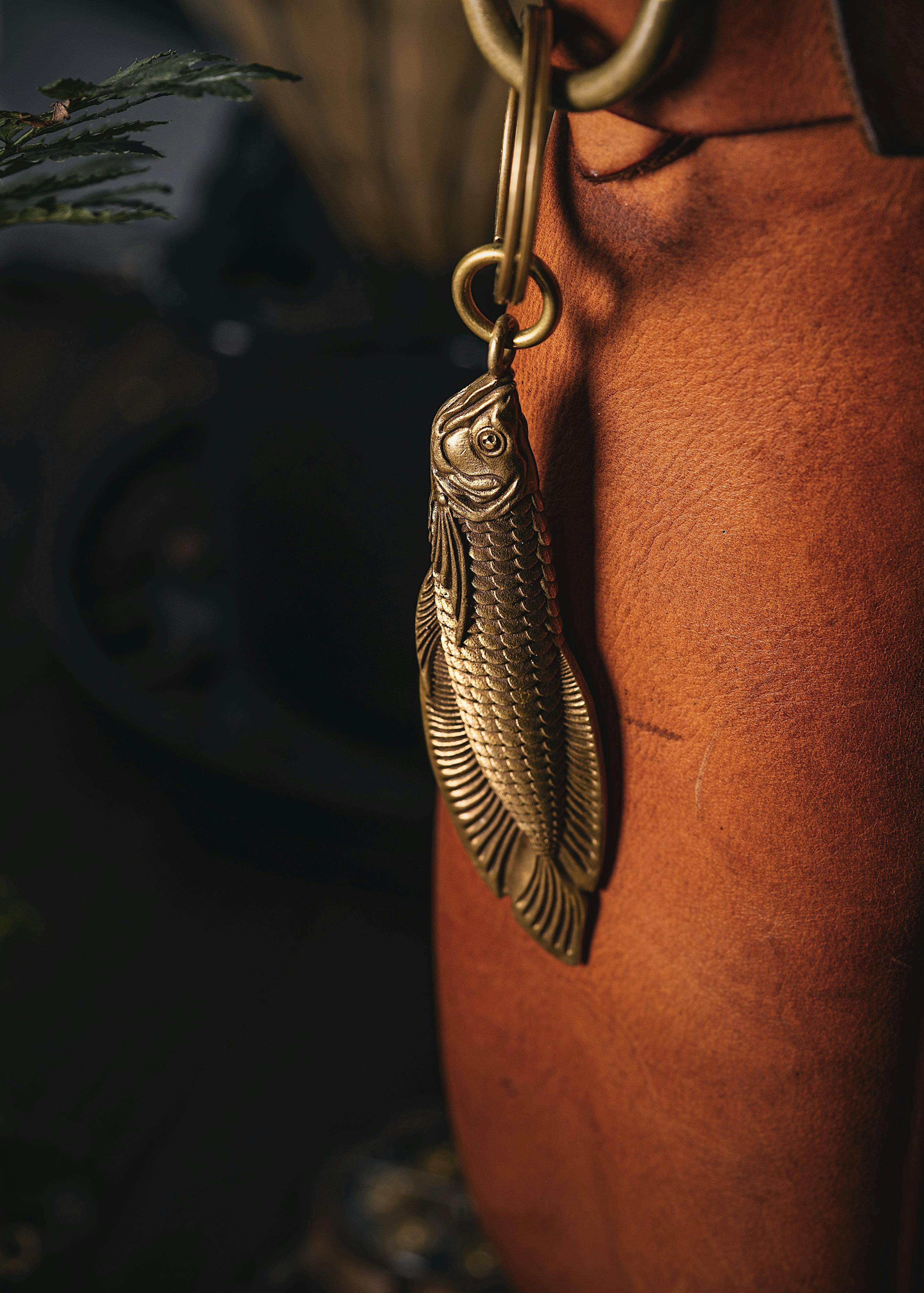
Discovering the Best 5 New Zealand Rabbit Colors to Consider in 2025
The New Zealand rabbit breed has garnered attention not just for its delightful temperament, but also for its vibrant array of coat colors. As pet ownership grows, understanding the best New Zealand rabbit colors is becoming significant for prospective owners and breeders alike in 2025. This guide aims to explore the most popular colors along with their unique traits.
New Zealand rabbits are known for their striking appearances while maintaining friendly and sociable natures. However, a rabbit's coat color can greatly influence its identification, breeding potential, and even health considerations. Thus, it's essential to understand how each color variation can affect the rabbit’s overall attractiveness and market value.
This article will provide insights into the top five New Zealand rabbit colors to consider, honing in on their unique characteristics, grooming tips, and health implications. Get ready to embark on a colorful journey!
Key takeaways will include an understanding of rabbit color genetics, insights into common rabbit health issues related to colors, and tips for pet care based on color variations.
Essential Guide to New Zealand Rabbit Colors
Understanding New Zealand Rabbit Coat Patterns
The New Zealand rabbit breed is distinguished by its various coat patterns, ranging from solid to broken. The classic New Zealand White and New Zealand Black are well-known for their striking solid colors. Conversely, the broken patterns, often featuring white patches along with their primary color, add a charming touch. Recognizing these patterns is critical for breeders to identify coloration based on defined breed standards.
Understanding how these coat patterns impact the rabbit's desirability in shows can enhance knowledge of what buyers typically seek. Breeding rabbits for specific coat patterns not only acknowledges aesthetics but aligns with genetics as well. When breeding, it is recommended to pay close attention to pedigree histories to predict color inheritance.
Rabbit Color Genetics: Basics to Know
Rabbit color genetics is a complex area intertwined with various factors such as dominant and recessive traits. In New Zealand rabbits, several genes control fur types and their colors. For instance, the agouti gene affects whether a rabbit has solid or shaded colors. Knowledge of rabbit color genetics can be beneficial for breeders aiming to produce rabbits with specific colors.
The interplay of different genes can lead to unique rabbit fur traits. Understanding these traits is crucial when breeding New Zealand rabbits for show and sale. Health implications also need consideration, as some color variations may correlate with certain health issues such as fur quality or skin sensitivities.
Common Rabbit Color Variations
Some of the common rabbit color variations in New Zealand rabbits include Blue, Black, Chocolate, Red, and White. Each color not only has its unique aesthetic but can also signify different health determinants. For example, the New Zealand Blue rabbit can sometimes exhibit specific metabolic concerns. Understanding these nuances can assist in making informed decisions when selecting rabbits for breeding or as family pets.
Moreover, rabbit color identification should also consider the psychological traits associated with color. There is an intriguing body of research suggesting that rabbit behavior can manifest differently based on their coloration. This should be a factor to consider both for breeding and pet adoption.
Top Health Considerations Based on Rabbit Colors
Health Impacts from Rabbit Colors
Health varies across different rabbit colors, especially those that are less common. For instance, some colored rabbits may be more susceptible to genetic defects or specific health concerns. This is why understanding the implications of color is essential for prospective owners and breeders.
Interestingly, the genetics behind color can also indicate potential vulnerabilities. Understanding these aspects can play a significant role in how owners choose to care for and nurture their pets, ensuring that they lead a healthy, happy life.
Grooming New Zealand Rabbits by Color
Grooming New Zealand rabbits must also correspond with their coat color and type. Different fur types may require varying levels of maintenance. For example, solid color coats may show dirt more readily compared to patterned coats, requiring more frequent cleaning and grooming interventions.
Proper grooming techniques can help keep the fur conditioned, placing emphasis on seasonal shedding and maintaining hygiene. Utilizing suitable rabbit grooming tools relative to the coat type is vital for optimal fur care.
Rabbit Breeding Techniques for Color
When it comes to rabbit breeding, paying attention to color is imperative. Employing effective breeding techniques can ensure desired results in terms of coat colors and patterns. Research suggests that breeding for specific colors involves selecting pairs that exhibit the traits you wish to achieve in offspring.
Moreover, understanding lineage impacts color inheritance, which plays a significant role in developing a bloodline of rabbits that meets aesthetic standards for shows. Many rabbit breeders recommend practicing ethical breeding principles while focusing on maintaining or enhancing health traits alongside color considerations.
Conclusion: Choosing the Right New Zealand Rabbit Color
In 2025, selecting the right New Zealand rabbit color is as essential as understanding their care needs. From recognizing genetic patterns to considering health implications, this guide serves as a comprehensive overview to assist owners and breeders alike.
Whether opting for a classic New Zealand White or venturing into the colorful spectrum of New Zealand rabbits, it's crucial to keep potential grooming needs, health considerations, and breeding objectives in mind.
Through this understanding, owners can ensure that they not only appreciate the beauty of their rabbits but also uphold their well-being. Keep abreast of emerging trends in pet rabbit colors and maximize your experience as a rabbit enthusiast or breeder by remaining informed and proactive!